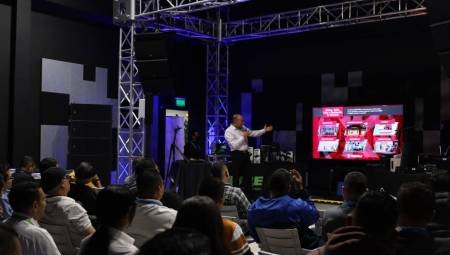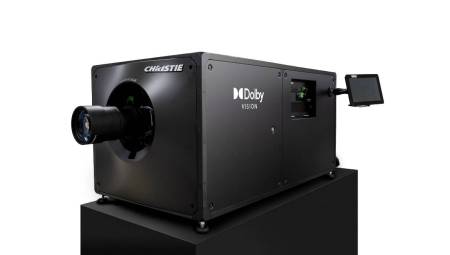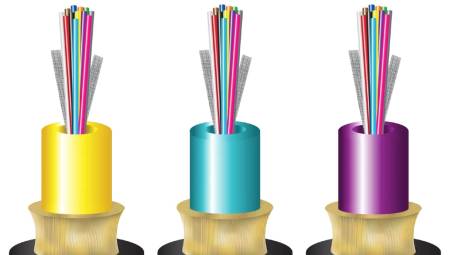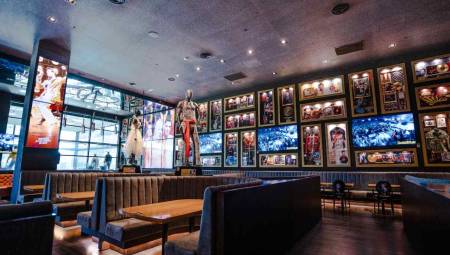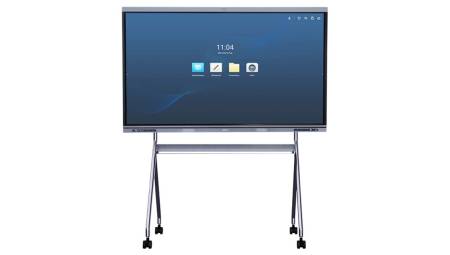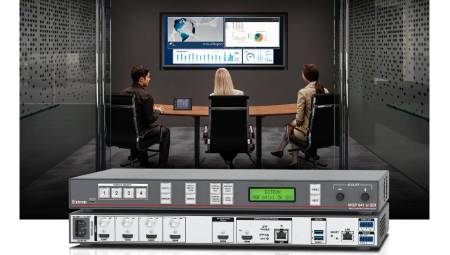 Colombia. To avoid accidents or setbacks, you should know several aspects about the use of the electrical panel. If the electrical installation is going to be outdoors, one designed for outdoors, which resists rain and sun, will be required; and if it is going to be installed inside the house or office, it should be located in a place that is easily accessible to anyone.
Colombia. To avoid accidents or setbacks, you should know several aspects about the use of the electrical panel. If the electrical installation is going to be outdoors, one designed for outdoors, which resists rain and sun, will be required; and if it is going to be installed inside the house or office, it should be located in a place that is easily accessible to anyone.
For this reason, Schneider Electric highlights the importance of boards, which support, maintain, protect and organize the internal connections of the electricity network in low voltage. Below, the company delivers 8 recommendations for proper use:
1. The installation must be done by expert hands: unless you are a certified electrical technician, do not try to perform the installation of the power distribution board, as this could put at risk the entire structure of the electrical network, which also involves risks for your appliances and the lives of the inhabitants.
2. Select the right board for your need: define which board you need advised by an expert in the subject and acquire it thinking that your relationship with the board, despite being very distant, is going to be for many years. Note that load centers must be specified depending on the number of circuits, operating current and type of installation, among other characteristics.
It is noteworthy that Schneider Electric has a wide range of energy distribution boards suitable for all types of installations. The company offers functional and practical designs that comply not only with RETIE but with international norms and standards, which meet the needs of the market.
3. Mark the connections: Put easy-to-remember names on switches like "main", "kitchen" or "rooms", this way, when you need to lower or turn off a circuit you will know which one is suitable.
4. The boards must be designed with materials that do not spread the flame: it is also advised that the board supports moisture and salinity, that is why Schneider Electric Homeline boards are painted inside and out with electrostatic paint that gives them a long service life.
5. Never hide it: in the past it was customary to hide the boards behind a painting, a door or place it in the last corner of the home, being considered an unsightly element. Actually, the board should be visible and its location should be easily accessible, for example, in the kitchen, which is a place where all people can easily access and which usually has no doors.
6. Do not paint it, or alter its factory settings: people, in order to make the board "disappear" used to paint it with the color of the paint of the space where it was located. When this is done, the electrostatic flammability properties they bring from the factory are lost.
7. Expansion: the board must be designed to grow over time, that is, house more switches that allow to regulate and expand new connections.
8. Keep it clean: the accumulation of dust and debris can turn the board into a time bomb, for which it is convenient to check and clean it regularly depending on where it is located, that is, how hostile the environment is.
Additionally, Schneider Electric has a line of circuit breakers that provide overload and short circuit protection. These are some of its features: plug-in terminals that guarantee the non-formation of hot spots in bars up to 225 A; short circuit failure shooting time of only 1/60 second; allows the connection of copper or aluminum conductors; are manufactured under UL 489; have a high mechanical and electrical performance of up to 20,000 operations; they have SWD Certificate for monopolar Breakers of 15 and 20 A.






